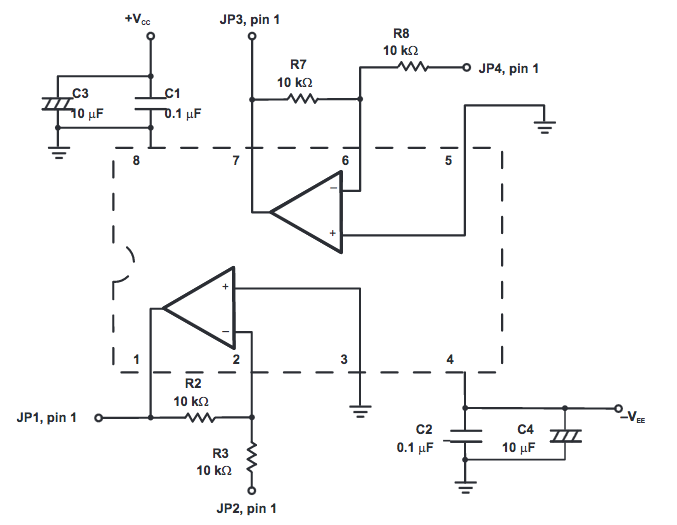6800uf across op amp PS pins?
70.213.7.1 |
||
| Posted on January 3, 2017 at 08:34:32 | ||
| In a recent post in Tweakers Asylum bobwire is suggesting 6800uf across the PS of op amp power supplies. He mentions the pin numbers so I'm assuming he means right at the op amp. In a previous post of mine I asked about using 10 to 20uf in the same location and was basically told it was dangerous. I'm blocked at Tweakers Asylum so I'm posting here . Don't want people doing this if it is incorrect. Tweaker456 | ||
| RE: 6800uf across op amp PS pins?, posted on January 6, 2017 at 19:04:09 | |
| It's 6800uf. No mistake. T456 | |



